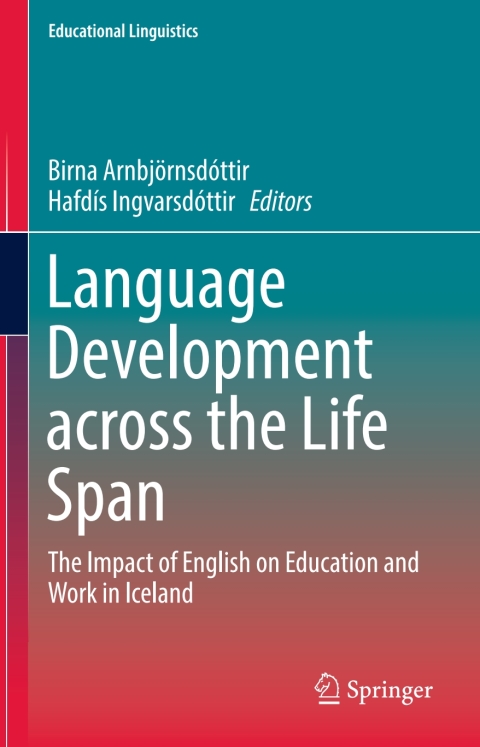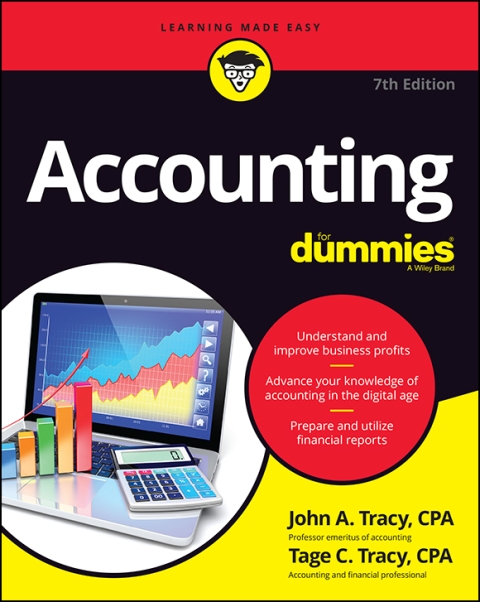Description
Efnisyfirlit
- Contents
- Language Development Across the Life Span. English in Iceland: From Input to Output
- 1 Introduction
- 2 Motivation and Purpose of the Book
- 3 Theoretical Framework
- 4 Contributions
- 5 Structure of the Book
- References
- The Policies and Contexts that Frame English Education and Use in Iceland
- 1 Introduction
- 2 The Presence of English in Iceland
- 2.1 A Brief Historical Overview
- 2.2 A Common Nordic Policy
- 2.3 Icelandic Language Policy
- 3 English in Primary Education
- 3.1 The National Curriculum Guide for the Primary Level (1st –10th Grade)
- 3.2 Instruction at the Primary Level, 1–10th Grade
- 3.3 Educational Outcomes – Icelandic Children’s English Proficiency
- 4 Formal English Instruction at the Secondary Level (11–14)
- 4.1 Curriculum Guide for the Secondary Level
- 4.2 Curriculum and Instruction at Secondary Level (Year 11–14)
- 4.3 Standardized Tests of English at Secondary Level
- 5 Conclusions
- References
- English Exposure, Proficiency and Use in Iceland
- 1 Introduction
- 2 English Exposure and Use by Children Outside the Classroom
- 2.1 Children’s Programming and Exposure
- 2.2 Children’s English Language Use
- 3 The Use of English in Iceland by Adults
- 3.1 The Use of English by Age
- 4 Diary Studies: An Average Day with English in Iceland
- 5 Icelanders’ Perceptions of Their English Proficiency
- 5.1 Age
- 6 Conclusions
- References
- English Exposure and Vocabulary Proficiency at the Onset of English Instruction
- 1 Introduction
- 2 Age, Input and Language Learning
- 3 Vocabulary Acquisition
- 4 Motivation
- 5 Measuring Children’s Language
- 6 Methodology
- 6.1 Participants
- 6.2 Survey and Testing Instruments
- 6.3 Data Collection and Analysis
- 7 Results
- 7.1 The Nature of English Exposure, the Ideal and Ought to Self in 4th Grade
- 7.2 English Lexical Proficiency in 4th Grade
- 7.3 Context Contribution to 4th Grade Student’s Vocabulary Success
- 7.4 Lexical Success Models
- 8 Discussion
- 9 Conclusion
- References
- Learning and Using English: The Views of Learners at the End of Compulsory Education
- 1 Introduction
- 2 Research on Teaching and ELF
- 3 English and the Icelandic National Curriculum Guide
- 4 Research on Teaching and Learning English in Iceland
- 5 The Study
- 5.1 Participants
- 5.2 Instruments
- 5.3 Data Collection and Analysis
- 6 Results
- 6.1 Learners Perceived Proficiency in English
- 6.2 Current and Future English Use
- 6.3 Attitudes to English as a School Subject
- 7 Discussion
- 8 Conclusion
- References
- Academic Vocabulary Proficiency and Reading Comprehension Among Icelandic Secondary School Students
- 1 Introduction
- 2 How Much Vocabulary is Needed for Functional Academic Reading in English?
- 3 The Study
- 3.1 Methodology
- 3.2 The Vocabulary Test
- 3.2.1 Participants
- 3.2.2 Instruments
- 3.3 The Reading Test
- 3.3.1 Participants in the 2015 Reading Comprehension Test
- 3.3.2 Reading Comprehension Instruments
- 3.3.3 Administration of the Reading Test
- 4 Results
- 4.1 Results from the Vocabulary Test in 2013
- 4.2 Results from the Reading Test in 2015
- 5 Discussion
- 6 Conclusion
- References
- Perceptions of Relevance of English Education at Secondary School
- 1 Introduction
- 2 Background
- 2.1 Exposure
- 2.2 English at School in Iceland
- 2.3 Dörnyei’s L2 Motivational Self System and Recent Research
- 2.4 The Concept of Relevance
- 3 Methodology
- 3.1 Method
- 3.2 Participants
- 3.3 Analysis
- 4 Results
- 4.1 Dörnyei’s Motivational Framework
- 4.2 Perceived and Actual Uses after School
- 4.3 Perceived Proficiency and Gains at School and After School
- 5 Discussion
- 5.1 Implications for Dörnyei’s Framework
- 5.2 Implications for Learning and Teaching English in a New Linguistic Environment
- 6 Conclusion
- References
- Using English at University
- 1 English in Academia
- 2 English at Icelandic Universities
- 2.1 Textbooks in English at the University of Iceland
- 3 The Study
- 3.1 Surveys
- 3.2 Results of the Surveys
- 3.3 Interviews
- 4 Discussion
- 5 Implications
- References
- Simultaneous Parallel Code Use
- 1 Introduction
- 2 English as an Academic Language in Iceland
- 3 Simultaneous Parallel Code use
- 4 The Study
- 4.1 Methodology and Participants
- 5 Discussion
- 6 Conclusions
- References
- University Instructors’ Views on Using Curriculum Materials in English
- 1 Introduction
- 2 Theoretical Background
- 3 The Study
- 3.1 Findings from the Survey
- 3.2 Findings from the Interviews
- 3.2.1 Extra Workload and Working with Two Languages
- 3.2.2 Support to Students
- 3.2.3 Benefits
- 4 Summary of Findings
- 5 Discussion
- 6 Conclusion
- References
- Writing English for Research and Publication Purposes (ERPP): Personal Identity and Professional
- 1 Introduction
- 2 Theoretical Foundations
- 3 Writing in a Second Language
- 4 Policies and Practices in Iceland
- 5 Investigating Faculty Members’ Experience: Methods
- 5.1 The First Phase: The Surveys
- 5.2 The Second and Third Phase: Interviews
- 6 Findings
- 6.1 Exposure to English When Growing Up
- 6.2 The Academic World Is International
- 6.3 The Experience of Writing in English
- 6.4 Coping
- 6.5 The Psychological Dimensions
- 6.6 Writing for the Icelandic Community
- 7 Discussion
- 8 Conclusions
- References
- Conclusions
- References





